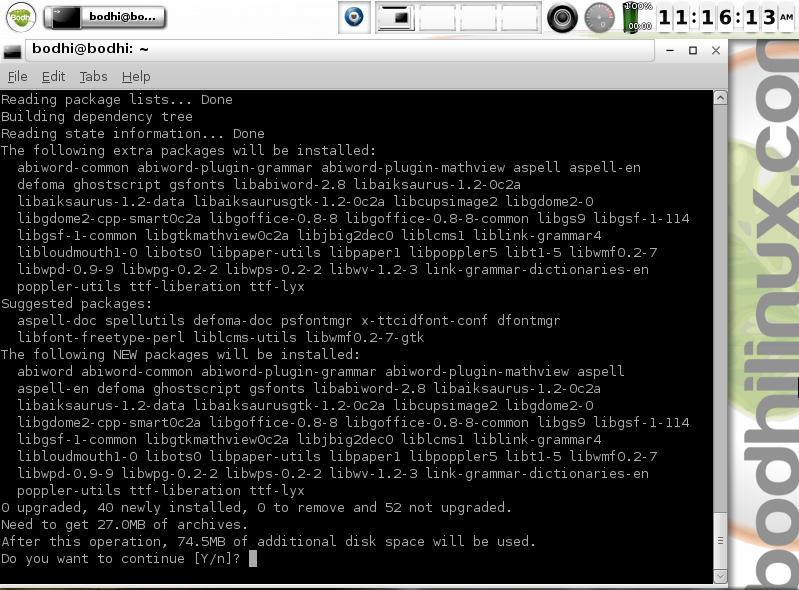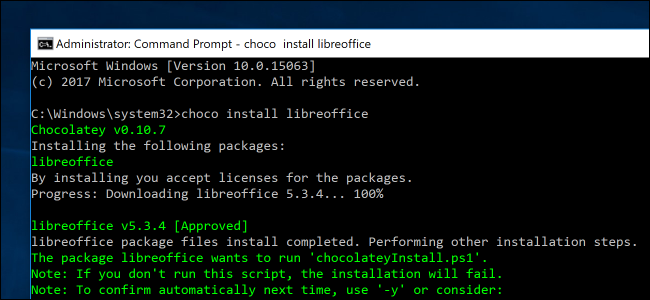


Let us experiment by giving the command “ apt update” and have a look at the output. You can remember which is which by thinking “ apt” is shorter to type as compared to “ apt-get” and hence “ apt” is more useful in the command-line interface where we have to type things manually every-time! Has more functionality, and it’s used with bash-scripts more than apt because of guaranteed backward compatibility No progress bar, less user friendly as compared to “ apt” command More user friendly and has a progress bar Older version command to act as a front end for APT Newer version command to act as a front-end for APT Let’s take a look at a comparison of apt and apt-get. Here is a table of comparisons for when to use “apt” and when to use “ apt-get” for your package management needs. What is the difference between the commands “ apt update” and “ apt-get update“? Both these commands are used to download and update the package information from all of the configured sources, the difference is “apt-get” is old, more useful in scripts while the “apt” is newer and more useful in the command line interface. Let us see what these commands do, why there are 2 versions of this update command, and when to use each!įor those of you in a hurry, here is the short version of the answer! The Short Version of the Answer I have tried to stick to a beginner’s perspective avoiding unnecessary “technical terms” and I have also tried to keep this article concise so that you can get through the entire article in about 15 to 20 mins max!

In this article, I have tried to explain what these commands mean and what their differences are. I guess to beginners, it just feels like a magic spell to get something installed! I was just happy that I was able to type something in the Terminal and that it actually worked and did what I wanted it to do! I did not pay much attention to what I actually typed in.


 0 kommentar(er)
0 kommentar(er)
